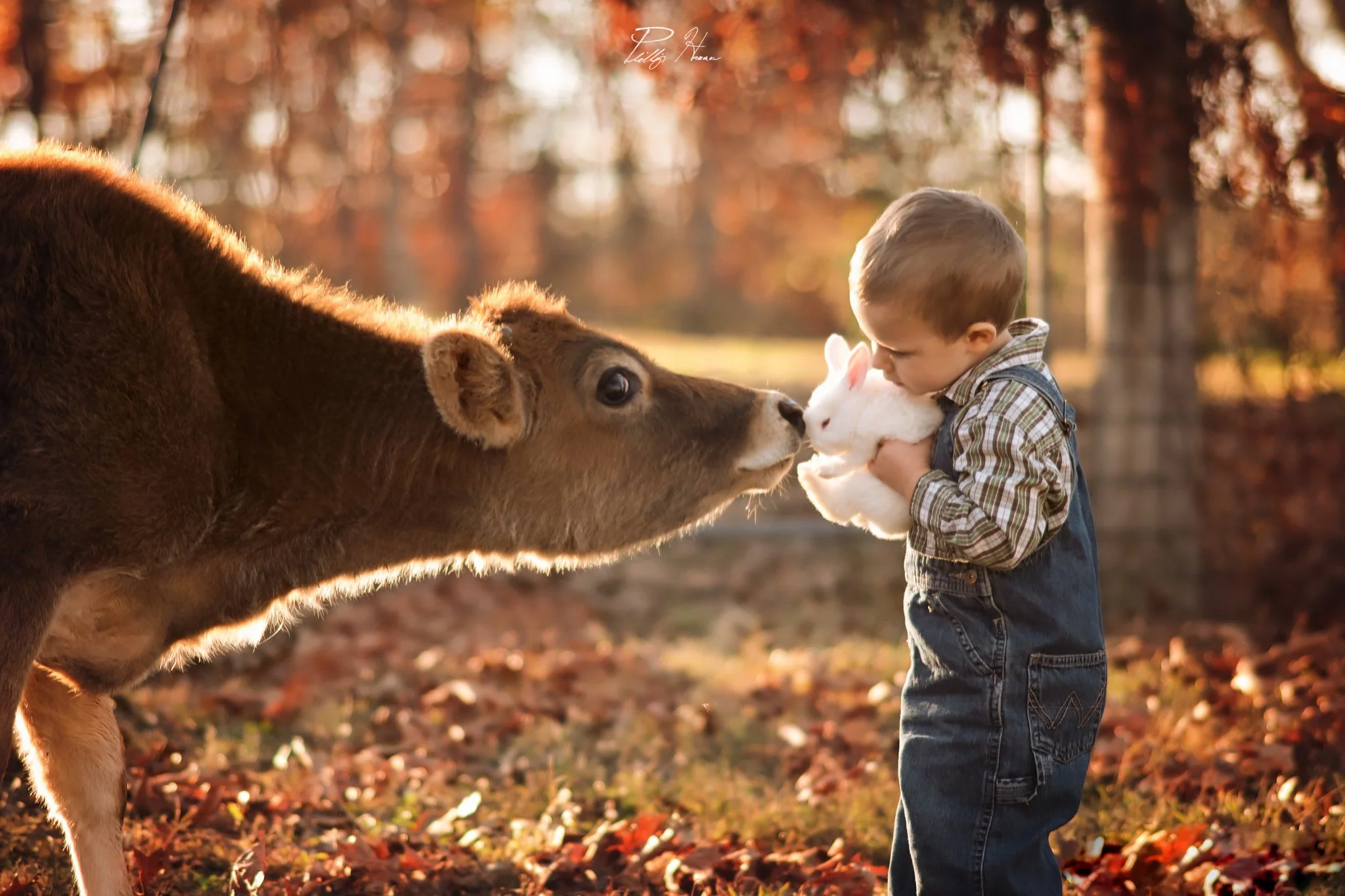Storytelling Through Photography: How to Make Your Images Speak
By: Phillip Haumesser
Photography isn’t just about capturing what you see—it’s about sharing what you feel. A great photo tells a story, pulling viewers in with emotion, context, or a hint of mystery. Whether it’s a candid family moment, a sweeping landscape, or a single flower in the rain, storytelling is what turns a snapshot into a memory. In this post, we’ll dive into why storytelling matters in photography, how to craft images that speak, and practical tips to make your photos tell tales that linger. Let’s get those creative juices flowing!
Why Storytelling Is the Heart of Photography
Think about the photos you love—the ones you can’t stop staring at. They’re not just pretty; they make you feel something. Maybe it’s a kid splashing in a puddle, evoking carefree joy, or an old barn under a stormy sky, hinting at forgotten stories. That’s the power of storytelling: It connects your viewer to the moment, making them part of the narrative.
Early in my photography journey, I focused too much on technical perfection—sharp focus, perfect exposure. But my images felt hollow until I started thinking like a storyteller. What’s the mood? What’s the message? Now, every shot I take has a purpose, and it’s like directing a mini-movie in one frame.
The Elements of a Photographic Story
To tell a story with your camera, you need to think beyond the subject. Here’s what goes into crafting a narrative:
The Subject: Your Main Character
Your subject is the heart of the story. It could be a person, an animal, or even an object like a weathered book. Choose a subject that evokes emotion or has a clear role. For example, a child holding a balloon suggests innocence; a lone tree in a field might symbolize resilience.Context: The Setting
The background sets the scene. A busy market adds energy to a street portrait; a misty forest gives a mystical vibe. Use your environment to support the story, but keep it simple to avoid distraction.Details: The Supporting Cast
Small details add depth. A scuffed shoe in a portrait hints at a journey; a dew drop on a flower suggests freshness. Zoom in or adjust your frame to include these subtle clues.Mood: The Emotional Tone
Light, color, and composition shape the mood. Warm golden light feels hopeful; cool, muted tones feel melancholic. Soft focus can be dreamy, while sharp details feel raw and real.Action or Moment: The Plot
Every story needs something happening, even if it’s subtle. A glance between lovers, a wave crashing, or a bird taking flight—these moments drive the narrative forward.
Practical Tips for Telling Stories with Your Camera
Ready to make your photos talk? Here’s how to start crafting stories today:
Ask “What’s the Story?” Before You Shoot
Pause and think: What am I trying to say? Is it adventure, solitude, joy? Let that guide your choices—where you stand, what you include, how you light it. For example, to capture a kid’s curiosity, get low and shoot them exploring a flower close-up.Use Composition to Guide the Eye
Composition isn’t just about rules like thirds; it’s about directing attention. Place your subject off-center to create movement or use leading lines (a path, a fence) to draw viewers to the action. Negative space can emphasize solitude or focus.Leverage Light for Emotion
Light sets the tone. Golden hour adds warmth and hope; overcast skies feel introspective. For a dramatic story, try backlighting for silhouettes. A soft window light indoors can make a portrait feel intimate.Include Context, But Keep It Clean
Backgrounds give your story a place, but don’t let them steal the show. A blurred park behind a playing child adds context without clutter. Use wide apertures (f/1.8) to soften distractions.Capture the Decisive Moment
Timing is everything. Wait for that split-second glance, leap, or smile that sums up the story. Use burst mode for action to catch the perfect frame. Patience pays off.Edit to Enhance the Narrative
In post-processing, tweak colors and contrast to match the mood. Boost warmth for cozy scenes or desaturate for a somber feel. Crop to refine the story—remove anything that doesn’t serve it.
Avoiding Common Storytelling Pitfalls
It’s easy to miss the mark when you’re starting out. Here’s what to watch for:
Cluttered Frames: Too many elements confuse the story. Simplify with tight framing or blur.
No Clear Focus: If everything’s in focus, nothing stands out. Choose one main subject.
Flat Mood: Harsh or boring light can kill emotion. Plan for the right time of day.
Over-Editing: Heavy filters can distract from the story. Keep edits subtle.
Real-Life Storytelling Wins
Once, I shot my 3-year-old son introducing his bunny to our calf. The moment only lasted a few seconds before the calf walked away, the bunny hopped away, and my son lost interest. This photo tells a powerful story, and it has made its rounds on the internet. You’ve probably seen it before.
Your Storytelling Challenge
Here’s your mission: This week, shoot 5 photos, each with a clear story. Maybe it’s your coffee cup in morning light (calm start to the day) or a friend mid-laugh (pure joy). Before each shot, write down the story you want to tell in one sentence. Review and ask: Does this image speak? You’ll start seeing stories everywhere.
The Emotional Power of Stories
A photo that tells a story doesn’t just look good—it feels good. It invites viewers to imagine, to connect, to feel the moment. A kid’s muddy boots can evoke adventure; a quiet sunset can stir peace. Your camera is your pen—use it to write something unforgettable.
Wrapping It Up
Storytelling is what makes photography art. It’s not about the fanciest gear or perfect settings—it’s about seeing the world with intention and sharing what moves you. Start small, practice daily, and soon, every click will tell a tale.
Grab your camera, find a story, and let your images speak!
~Phillip
Ready to Tell Stories That Captivate?
Storytelling is the soul of photography, and I’m here to help you master it. In my Online Photography Academy, you’ll get over 100 video tutorials on crafting narratives through composition, light, and timing, plus a Q&A where I answer your questions personally. Want photos that speak volumes? Join the Academy and start telling stories that resonate!

